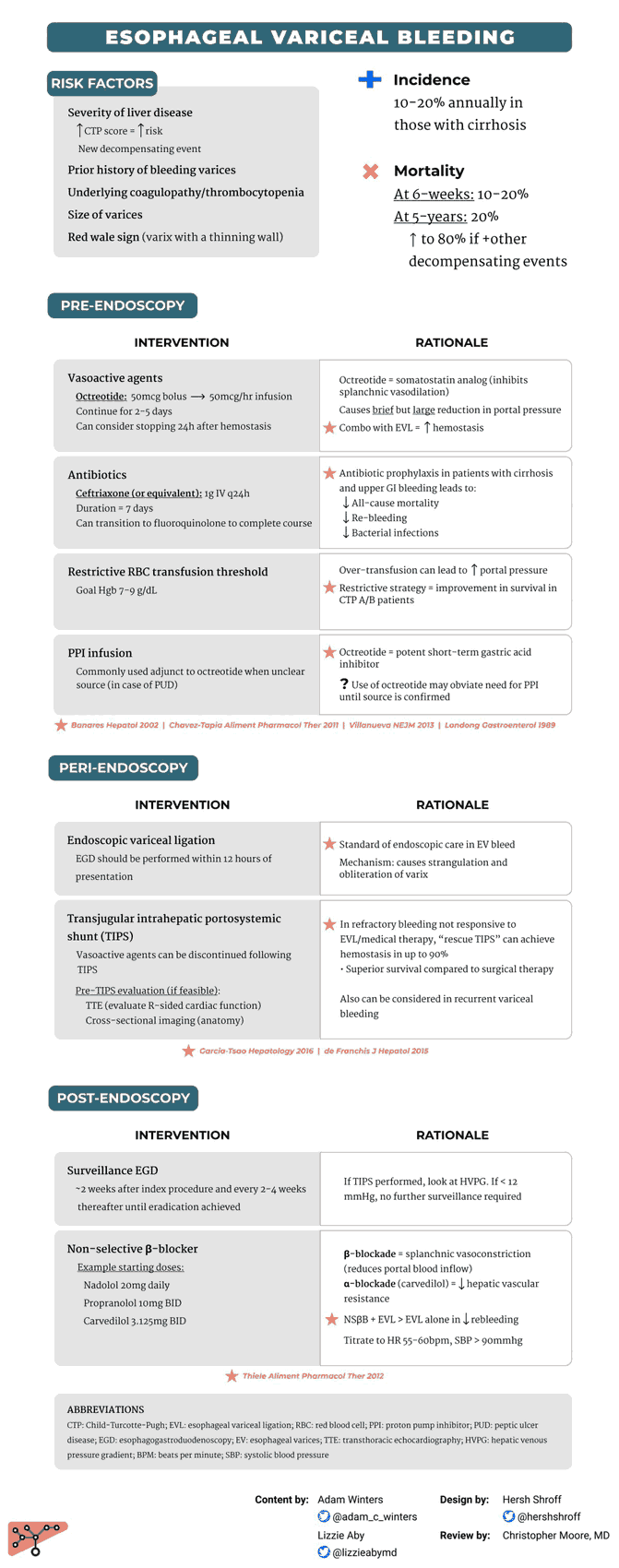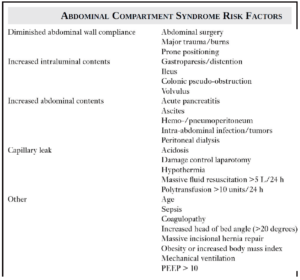Table of Contents
Many bacteria (e.g., Vibrio cholerae) secrete toxins that inhibit the ability of mucosal enterocytes to absorb NaCl and water and, at the same time, stimulate mucosal secretory activity.
Bacteria or viruses that invade the gut wall cause inflammation characterized by increased fluid secretion into the lumen. The enteric musculature reacts with increased peristalsis.
The aims of antidiarrheal therapy are to prevent:
- dehydration and electrolyte depletion
- excessively high stool frequency.
Different therapeutic approaches (in green) listed are variously suited for these purposes.
Adsorbent Powders
Adsorbent powders are nonabsorbable materials with a large surface area. These bind diverse substances, including toxins, permitting them to be inactivated and eliminated.
Medicinal charcoal possesses a particularly large surface because of the preserved cell structures. The recommended effective antidiarrheal dose is in the range of 4–8 g. Other adsorbents are kaolin (hydrated aluminum silicate) and chalk.
Oral Rehydration Solution
Oral rehydration solution (g/L of boiled water: NaCl 3.5, glucose 20, NaHCO3 2.5, KCl 1.5).
Oral administration of glucose-containing salt solutions enables fluids to be absorbed because toxins do not impair the cotransport of Na+ and glucose (as well as of H2O) through the mucosal epithelium.
In this manner, although frequent discharge of stool is not prevented, dehydration is successfully corrected.
Opioids
Activation of opioid receptors in the enteric nerve plexus results in inhibition of propulsive motor activity and enhancement of segmentation activity. This antidiarrheal effect was formerly induced by application of opium tincture (paregoric) containing morphine.
Because of the CNS effects (sedation, respiratory depression, physical dependence), derivatives with peripheral actions have been developed. Whereas diphenoxylate can still produce clear CNS effects, loperamide does not affect brain functions at normal dosage.
Loperamide is, therefore, the opioid antidiarrheal of first choice. The prolonged contact time of intestinal contents and mucosa may also improve absorption of fluid. With overdosage, there is a hazard of ileus. It is contraindicated in infants below age 2 y.
Antibacterial Drugs
Use of these agents (e.g. cotrimoxazole) is only rational when bacteria are the cause of diarrhea. This is rarely the case. It should be kept in mind that antibiotics also damage the intestinal flora which, in turn, can give rise to diarrhea.
Astringents
Astringents such as tannic acid (home remedy: black tea) or metal salts precipitate surface proteins and are thought to help seal the mucosal epithelium. Protein denaturation must not include cellular proteins, for this would mean cell death. Although astringents induce constipation, a therapeutic effect in diarrhea is doubtful.
Demulcents, e.g., pectin (home remedy: grated apples) are carbohydrates that expand on absorbing water. They improve the consistency of bowel contents; beyond that they are devoid of any favorable effect.




